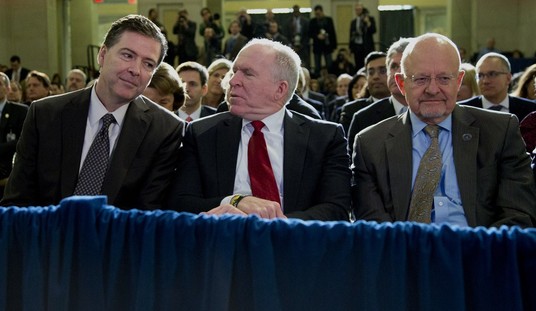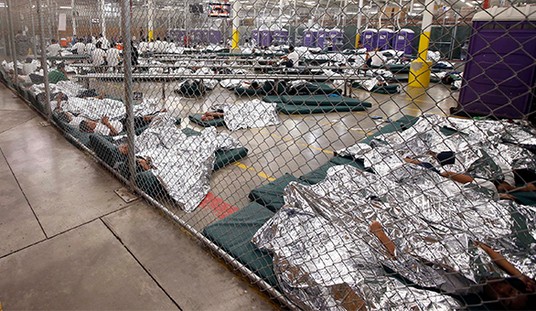From National Review.
Corporate Welfare. The Cato Institute estimates that the federal government spent almost $100 billion on corporate welfare last year. This is not even a question of dubious tax breaks — which it can at least be argued allow people to keep more of their own money, even if they are economically distorting — but rather direct payments and subsidies.
The single largest source of business subsidies is the Department of Agriculture, which provides $25.1 billion in subsidies and payments to farmers. For the most part this money goes not to mom-and-pop farms but to large corporate farms and agribusiness. The Department of Energy follows, with $17.3 billion worth of corporate welfare. These days most of this goes to so-called green-energy companies, but traditional energy interests rake in their share as well.
Let us not forget federal agencies like the Export-Import Bank, which provides taxpayer money to corporations such as Boeing, Halliburton, Mobil, IBM, General Electric, AT&T, Motorola, Lucent Technologies, FedEx, General Motors, Raytheon, United Technologies, and, in its day, Enron. And the Small Business Administration, which chooses winners and losers among small businesses, while also providing a form of corporate welfare to big banks like Wells Fargo, JPMorgan Chase, and U.S. Bancorp.
Welfare for the Elderly. The two largest federal transfer programs are Social Security and Medicare. While many senior citizens object to even calling such programs “entitlements,” let alone welfare, because they paid taxes into the programs throughout their working lives, most will receive back benefits far in excess of what they paid in. For example, an average two-earner couple will pay roughly $150,000 over their lifetimes in Medicare taxes and premiums. But they will receive more than $350,000 in benefits. Yet many of the loudest critics of welfare for the poor are the quickest to object when future Medicare cuts are discussed.
For Social Security as well, those who retired before 2010 are receiving far more in benefits than they paid in taxes. True, those seniors might have done better if they had been allowed to save and invest that money for themselves, but that’s beside the point. The benefits they are receiving today are simply transfer payments from those working today.
And, while Medicaid is often thought of as a program for the poor, almost 20 percent of Medicaid spending is actually for long-term care for the elderly. While these elderly recipients technically qualify as “poor” today, many have simply transferred their assets to their children in order to shift their liabilities to the taxpayers. Indeed, entire industries of lawyers and accountants have sprung up to help the elderly shelter their assets in order to qualify for Medicaid.
Welfare for the Military. National defense is a constitutional responsibility of government, in many ways the first responsibility of government. And no one should forget that it is a dangerous world, and the United States has very real enemies. Nor is this a question of policy disagreement about America’s role in the world, such as whether we should be subsidizing Europe’s defense, the wars in Afghanistan and Iraq, or intervention in Syria. But many lawmakers have used defense spending as little more than a jobs program, demanding that weapons systems be built even when the Pentagon says those systems are not needed, simply because they are built in the lawmakers’ districts. One of the most flagrant recent examples was Representative Jim Jordan and Senator Rob Portman, both Republicans of Ohio, insisting that the Army spend $3 billion on Abrams M1 tanks for which the generals say they have no use. The tanks are manufactured in Lima, Ohio.
A discussion often heard among right of center types is about whether we even can begin to trim down some of the federal behemoth. The long term programs become emotional footballs for elections and the Left is brilliant at avoiding any real conversation about the terminally flawed economics involved with most of them.
Whether this ultimately can be undone is irrelevant because somebody has to try. This is simply an unsustainable path. True, it isn’t completely going to blow up in our faces tomorrow, but it is going to happen. And the Republicans who perpetuate this mess need to go too.
As this article points out, welfare spending to attack poverty really doesn’t work. If it’s mentioned in a campaign, whomever wants to change things for the saner is labeled heartless.
So why not go after some of the bloat elsewhere in the budget first?
I shall now go and dream of a large number of fiscally conservative lawmakers who don’t care about reelection getting in to office at the same time…










Join the conversation as a VIP Member